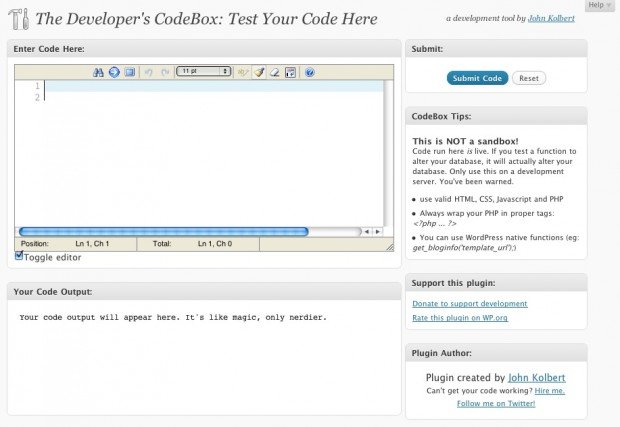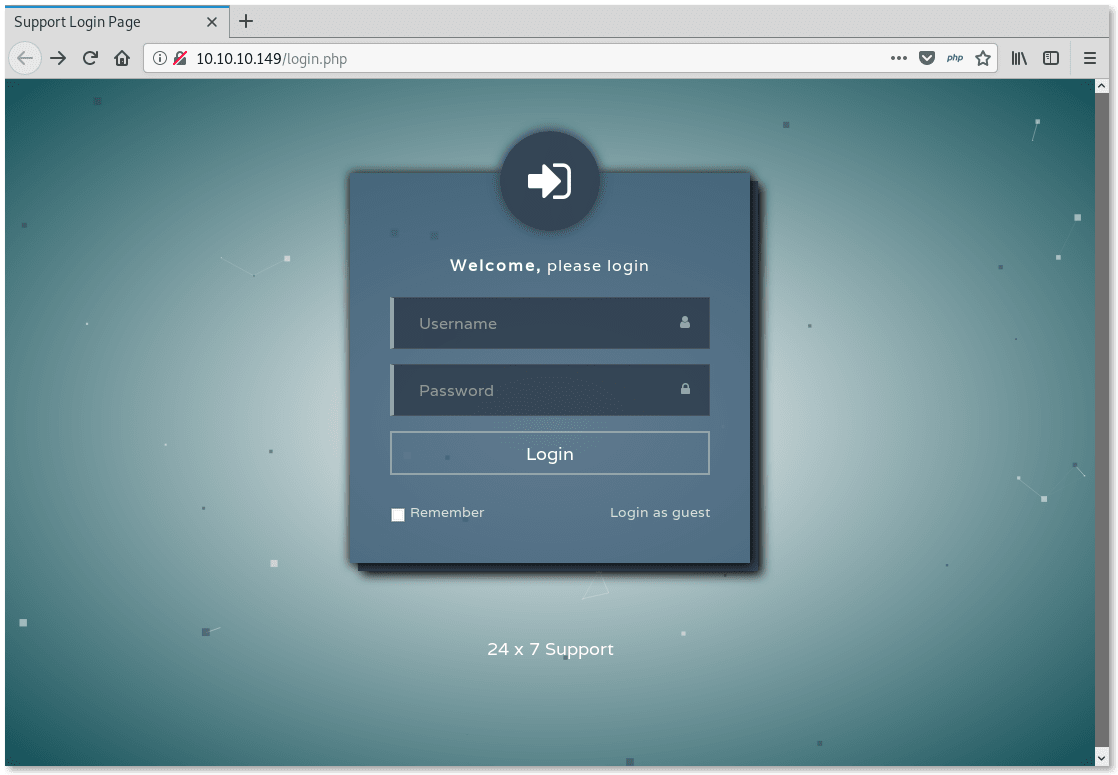

enterbox ( msg='Enter something.', title=' ', default='', strip=True, image=None, root=None ) ¶ values ( list) – a list of field valuesĮasygui.\n\n ' % fieldNames ) if errmsg = "" : break # no problems found fieldValues = multenterbox ( errmsg, title, fieldNames, fieldValues ) writeln ( "Reply was: %s " % str ( fieldValues )) Parameters: strip () = "" : errmsg += ( '" %s " is a required field. Msg = "Enter your personal information" title = "Credit Card Application" fieldNames = fieldValues = # we start with blanks for the values fieldValues = multenterbox ( msg, title, fieldNames ) # make sure that none of the fields was left blank while 1 : if fieldValues is None : break errmsg = "" for i in range ( len ( fieldNames )): if fieldValues. Multenterbox can be checked for validity before they are accepted: Here is some example code, that shows how values returned from Or None if the user cancels the operation. Returns a list of the values of the fields,

Is truncated so that there are as many values as names. If there are more values than names, the list of values If there are fewer values than names, the list of values is padded withĮmpty strings until the number of values is the same as the number of names. Show screen with multiple data entry fields. multenterbox ( msg='Fill in values for the fields.', title=' ', fields=(), values=() ) ¶ upperbound ( int) – The upper-most value allowedĮasygui.lowerbound ( int) – The lower-most value allowed.default ( str) – The default value to return.If the user cancels the operation, None is returned. If it cannot, then an error msg is displayed, and the integerbox is If it can be, the integer (not the text) is returned. When the user enters some text, the text is checked to verify that itĬan be converted to an integer between the lowerbound and upperbound. Integer arguments for “default”, “lowerbound”, and “upperbound”. In addition to arguments for msg and title, this function accepts Show a box in which a user can enter an integer. integerbox ( msg='', title=' ', default='', lowerbound=0, upperbound=99, image=None, root=None ) ¶ The text of the button that the user selectedĮasygui. The buttons are defined by the members of the choices list. buttonbox ( msg='', title=' ', choices=('Button', 'Button', 'Button'), image=None, root=None, default_choice=None, cancel_choice=None ) ¶ĭisplay a msg, a title, an image, and a set of buttons. root ( tk_widget) – Top-level Tk widgetĮasygui.ok_button ( str) – text to show in the button.msgbox ( msg='(Your message goes here)', title=' ', ok_button='OK', image=None, root=None ) ¶ The index of the choice selected, starting from 0Įasygui. indexbox ( msg='Shall I continue?', title=' ', choices=('Yes', 'No'), image=None, default_choice='Yes', cancel_choice='No' ) ¶ĭisplay a buttonbox with the specified choices. True if first button pressed or dialog is cancelled, False if second button is pressedĮasygui. cancel_choice ( str) – If the user presses the ‘X’ close, which button should be pressed.default_choice ( str) – The choice you want highlighted when the gui appears.image ( str) – Filename of image to display.choices ( list) – a list or tuple of the choices to be displayed.If the first choice is chosen, or if the dialog is cancelled:


 0 kommentar(er)
0 kommentar(er)
